Yoga Blog
Unlock Inner Calm: Simple Visualization Meditation for Yoga Practitioners
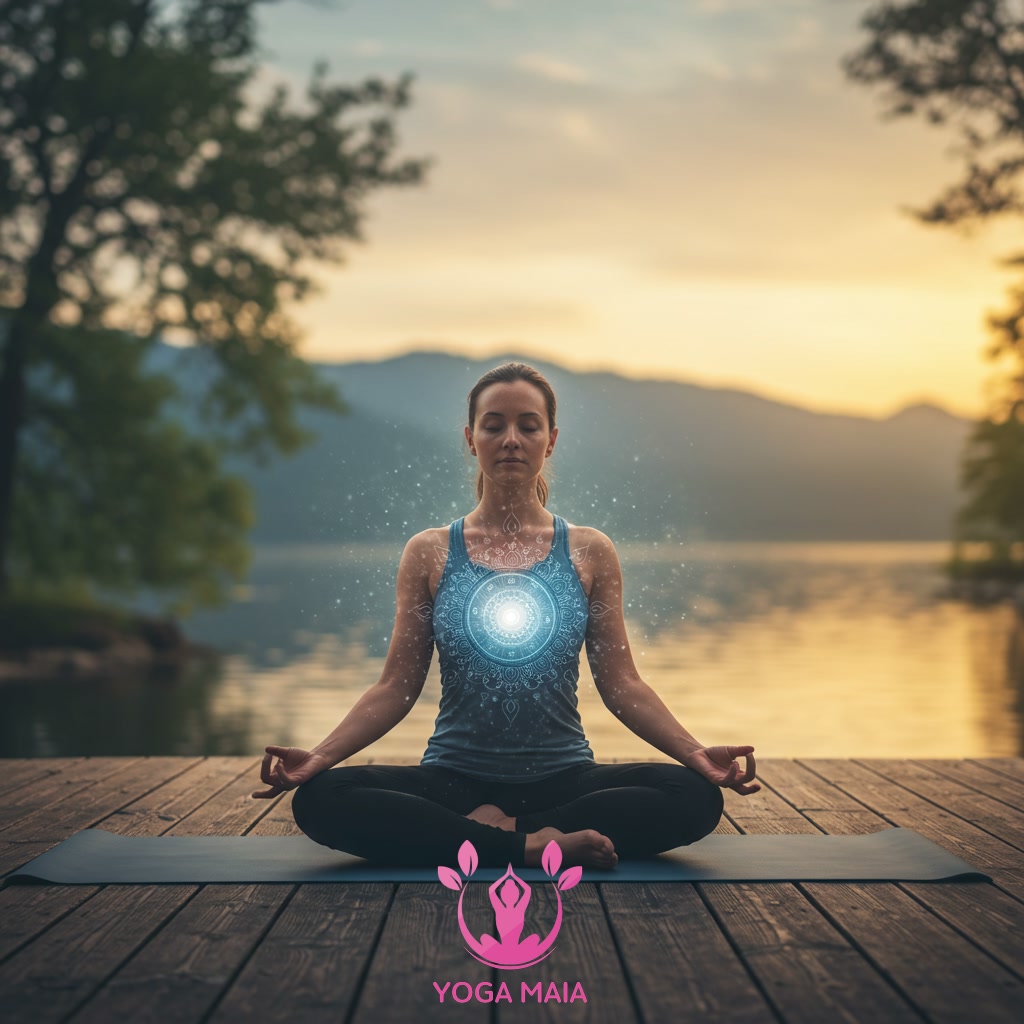
This content explores how simple visualization meditation can help yoga practitioners find inner peace. It offers accessible techniques specifically designed to complement a yoga practice. By integrating these methods, individuals can enhance their journey towards greater tranquility. The focus is on practical steps to unlock a sense of calm within the context of yoga.
Table of Contents
- Section 1: The Synergy of Yoga and Visualization Meditation for Inner Calm
- Section 2: Understanding Simple Visualization Meditation
- Section 3: Benefits of Visualization Meditation for Yoga Practitioners
- Section 4: Setting the Scene: Preparing for Your Practice
- Section 5: A Simple Visualization Exercise: Step-by-Step Guide
- Section 6: Integrating Visualization into Your Yoga Practice
- Section 7: Cultivating Lasting Inner Calm Beyond the Mat
Section 1: The Synergy of Yoga and Visualization Meditation for Inner Calm
Yoga and visualization meditation, while distinct practices, share a profound connection in cultivating inner calm. Yoga prepares the body and quiets the mind through physical postures and breathwork, creating a receptive state. Visualization meditation then leverages this foundation, guiding the mind to focus on serene imagery, positive states, or desired outcomes. This synergy allows practitioners to move beyond physical flexibility towards mental and emotional tranquility. By integrating these two powerful techniques, yoga practitioners can deepen their ability to find peace amidst daily life, enhancing their journey towards holistic well-being and a lasting sense of inner stillness.
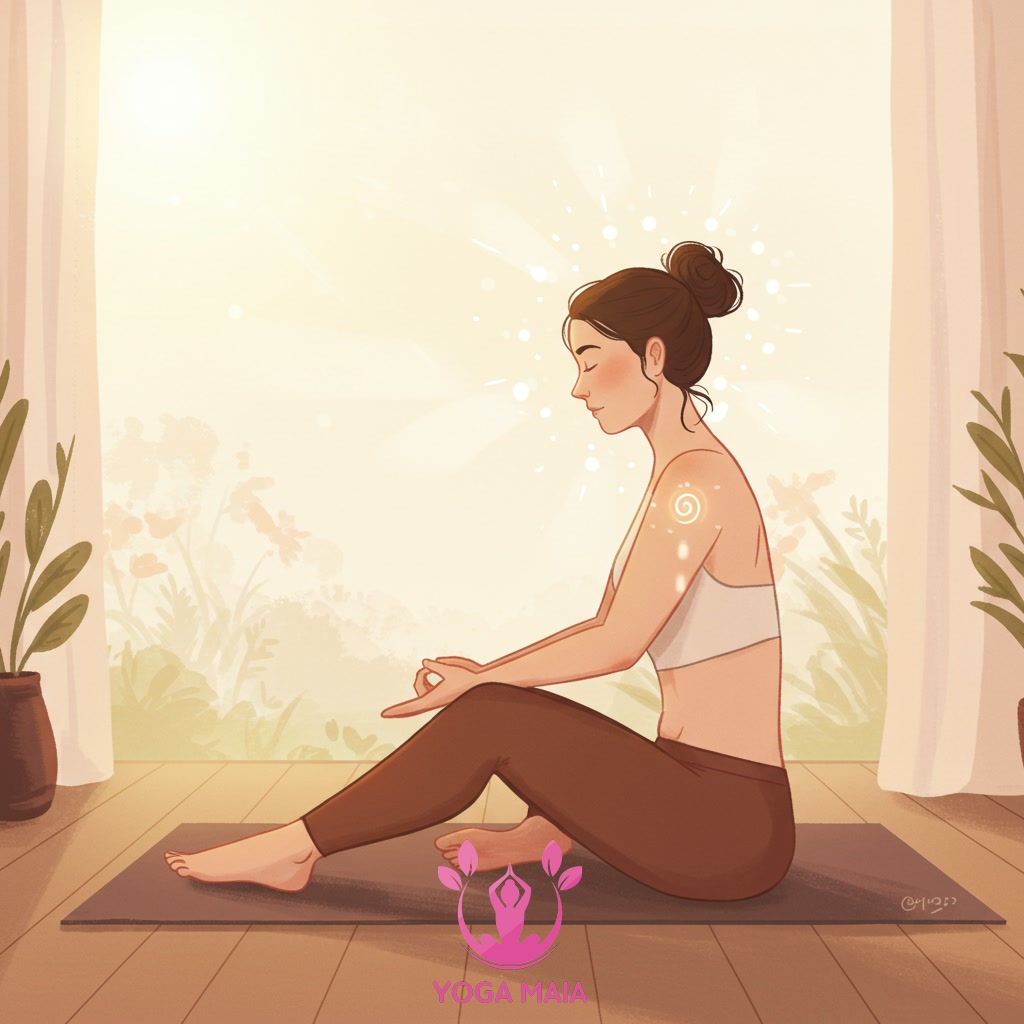 The Synergy of Yoga and Visualization Meditation for Inner Calm
The Synergy of Yoga and Visualization Meditation for Inner Calm
Section 2: Understanding Simple Visualization Meditation
Simple visualization meditation is a foundational technique involving the intentional creation of peaceful mental images or scenes. Unlike complex guided fantasies, this practice emphasizes simplicity, focusing on easily accessible, calming visuals such as a tranquil body of water, a gentle light, or a serene natural setting. The core idea is to engage the mind’s eye to shift focus away from distracting thoughts or stresses and towards a chosen image that evokes feelings of peace and relaxation. This active yet gentle mental engagement helps to quiet the incessant mental chatter, fostering a state of inner stillness. For yoga practitioners, integrating this method can deepen the benefits of physical postures and breathwork by cultivating a focused and tranquil mind, enhancing the overall journey towards inner calm.
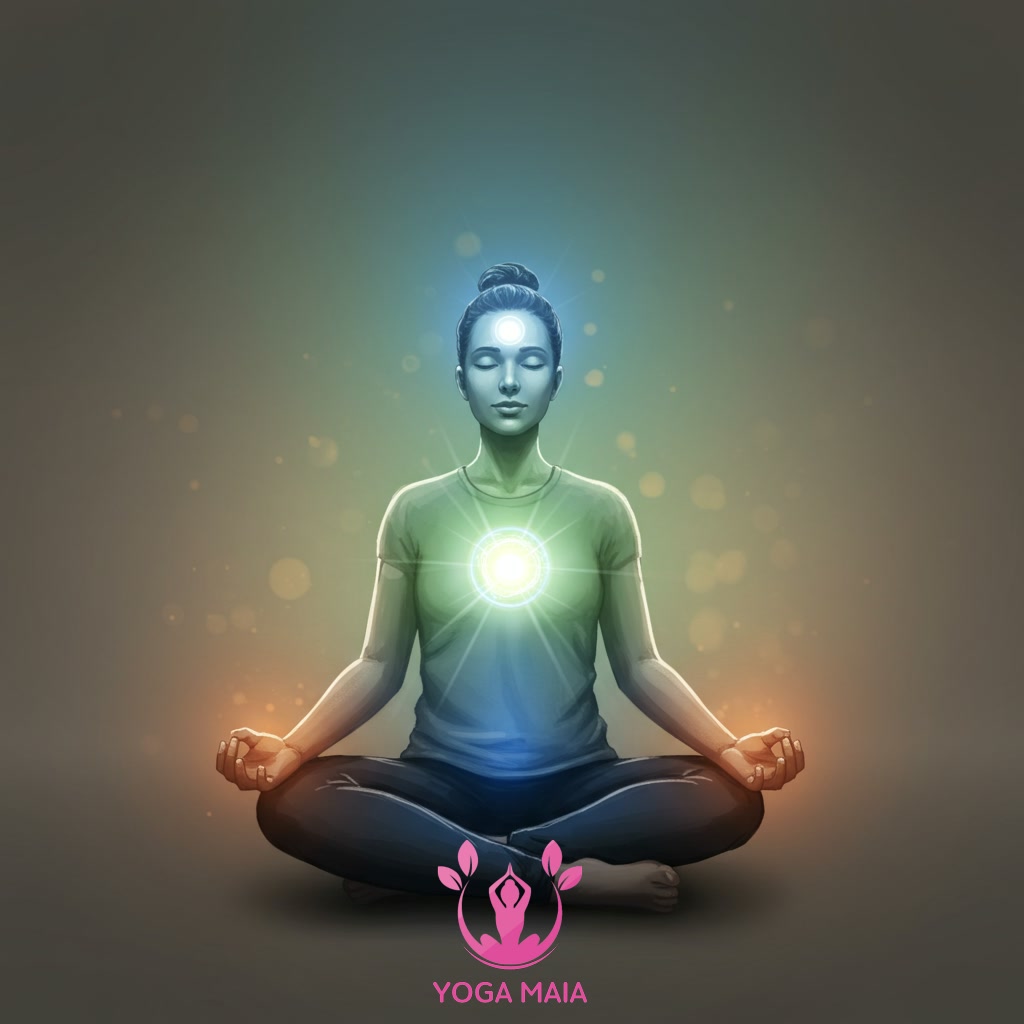 Understanding Simple Visualization Meditation
Understanding Simple Visualization Meditation
Section 3: Benefits of Visualization Meditation for Yoga Practitioners
Integrating simple visualization meditation offers significant benefits for yoga practitioners. It cultivates enhanced focus and mental clarity, essential for staying present during postures and breathwork. This practice effectively reduces stress and anxiety, fostering a sense of calm both on and off the mat. By intentionally creating peaceful mental imagery, practitioners can deepen their mind-body connection, leading to a more profound and introspective yoga experience. Furthermore, consistent visualization can improve relaxation, preparing the body and mind for practice or aiding in post-yoga recovery, ultimately enhancing the overall journey towards inner tranquility through yoga.
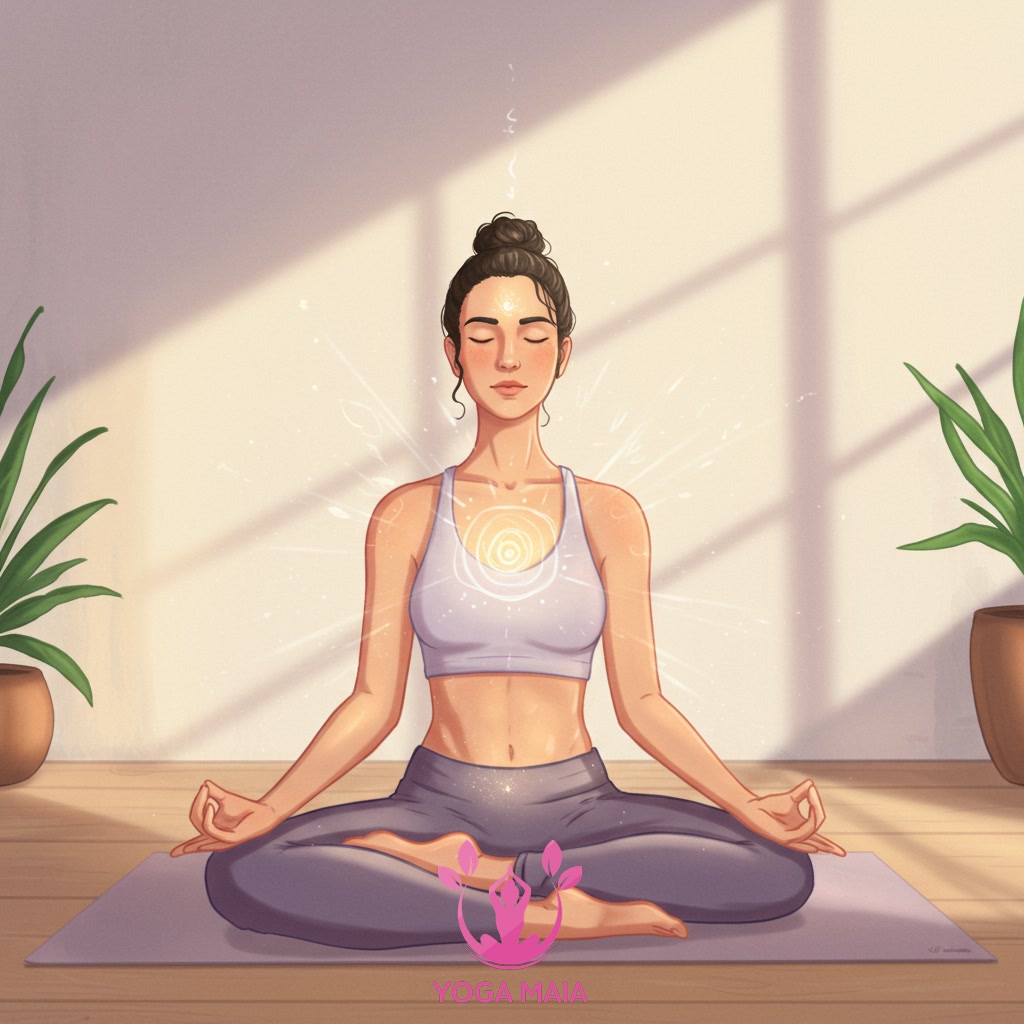 Benefits of Visualization Meditation for Yoga Practitioners
Benefits of Visualization Meditation for Yoga Practitioners
Section 4: Setting the Scene: Preparing for Your Practice
Before you begin integrating simple visualization meditation into your yoga practice, creating the right environment is key. Start by finding a quiet, peaceful space where you won’t be disturbed. This could be a corner of your home, a dedicated meditation area, or even outdoors if the weather permits. Ensure the space is clean and tidy, promoting a sense of calm. Choose comfortable clothing that allows for ease of movement and relaxation. Consider dimming the lights or using natural light to create a soothing atmosphere. You might also want to have a yoga mat and a cushion or bolster readily available for comfort during seated meditation or relaxation poses. Taking these simple steps helps signal to your mind and body that it’s time to transition into a state of presence and readiness for both physical movement and internal focus. Preparing your external space supports the cultivation of inner peace and enhances the effectiveness of your combined practice.
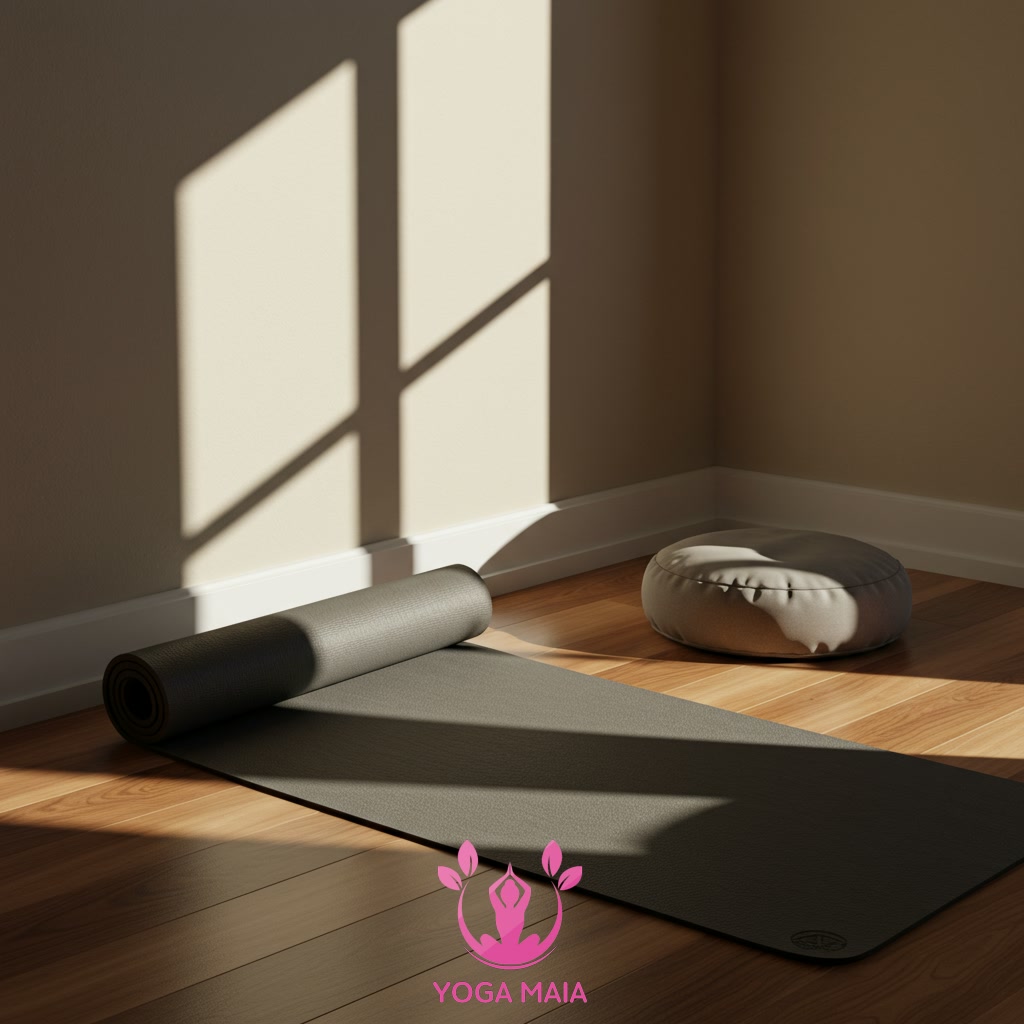 Setting the Scene: Preparing for Your Practice
Setting the Scene: Preparing for Your Practice
Section 5: A Simple Visualization Exercise: Step-by-Step Guide
Following the preparation of your space, the next step is to engage in the simple visualization exercise itself. Begin by finding a comfortable seated position, whether on the floor with a cushion or in a chair, ensuring your spine is relatively straight but relaxed. Gently close your eyes. Bring your awareness to your breath, noticing the natural rhythm of inhalation and exhalation without trying to change it. Once settled, gently introduce a simple, calming image into your mind. This could be a serene natural scene, a specific color that brings you peace, or a soft, warm light filling your body. Hold this image gently, allowing it to occupy your mental space. If your mind wanders, which is perfectly normal, simply notice the thought without judgment and softly guide your awareness back to your breath and then to your chosen visualization. Continue this practice for a few minutes, cultivating a sense of calm and stillness within.
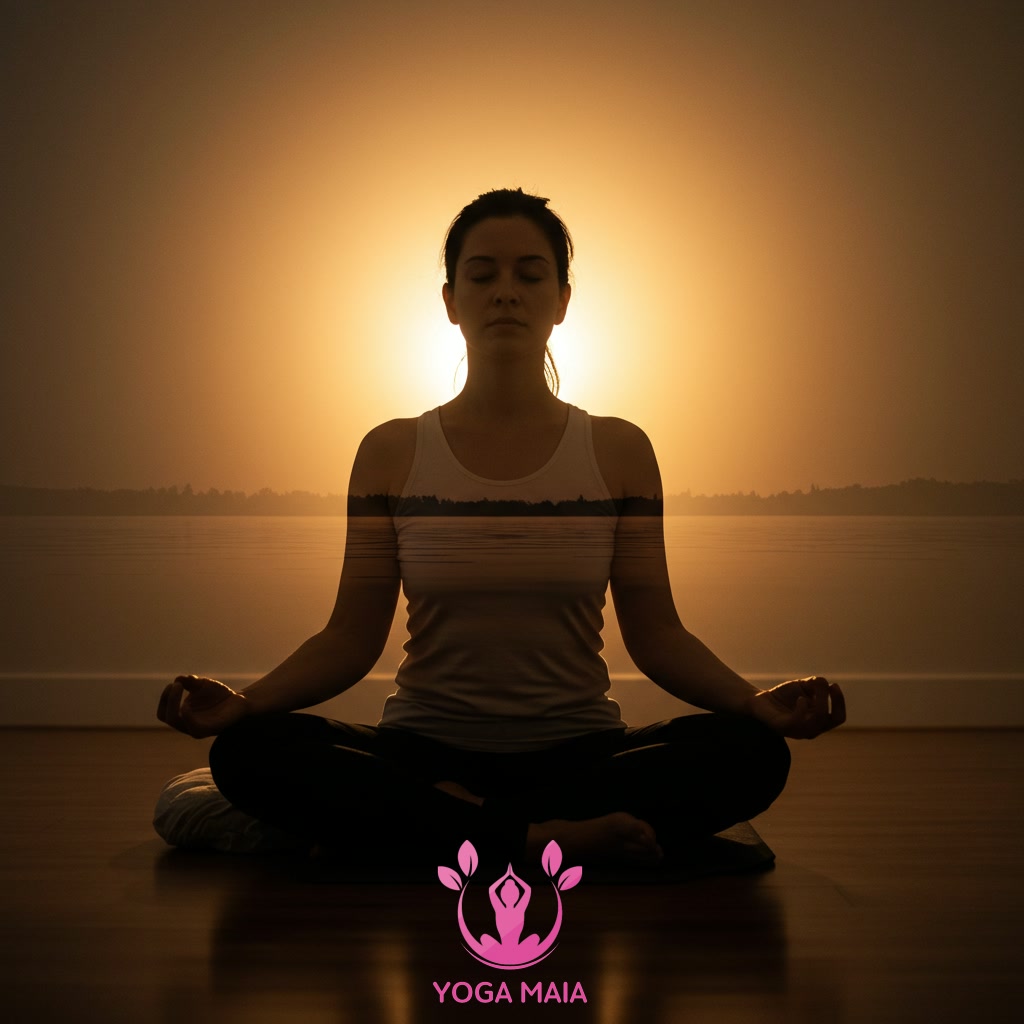 A Simple Visualization Exercise: Step-by-Step Guide
A Simple Visualization Exercise: Step-by-Step Guide
Section 6: Integrating Visualization into Your Yoga Practice
Integrating visualization seamlessly into your yoga practice can deepen its benefits. While seated comfortably, perhaps at the beginning or end of your session, dedicate a few minutes specifically to your chosen visualization. You can also weave it into postures; for example, during Savasana, visualize a sense of release flowing through your body. Link the visualization to your breath – inhaling peace, exhaling tension, or visualizing a calming color expanding with each breath. This mindful integration helps to anchor your focus, quiet the mental chatter that can arise during practice, and cultivate a profound sense of inner calm that extends beyond the mat. Start small, perhaps just a minute or two, and gradually increase the duration as you become more comfortable.
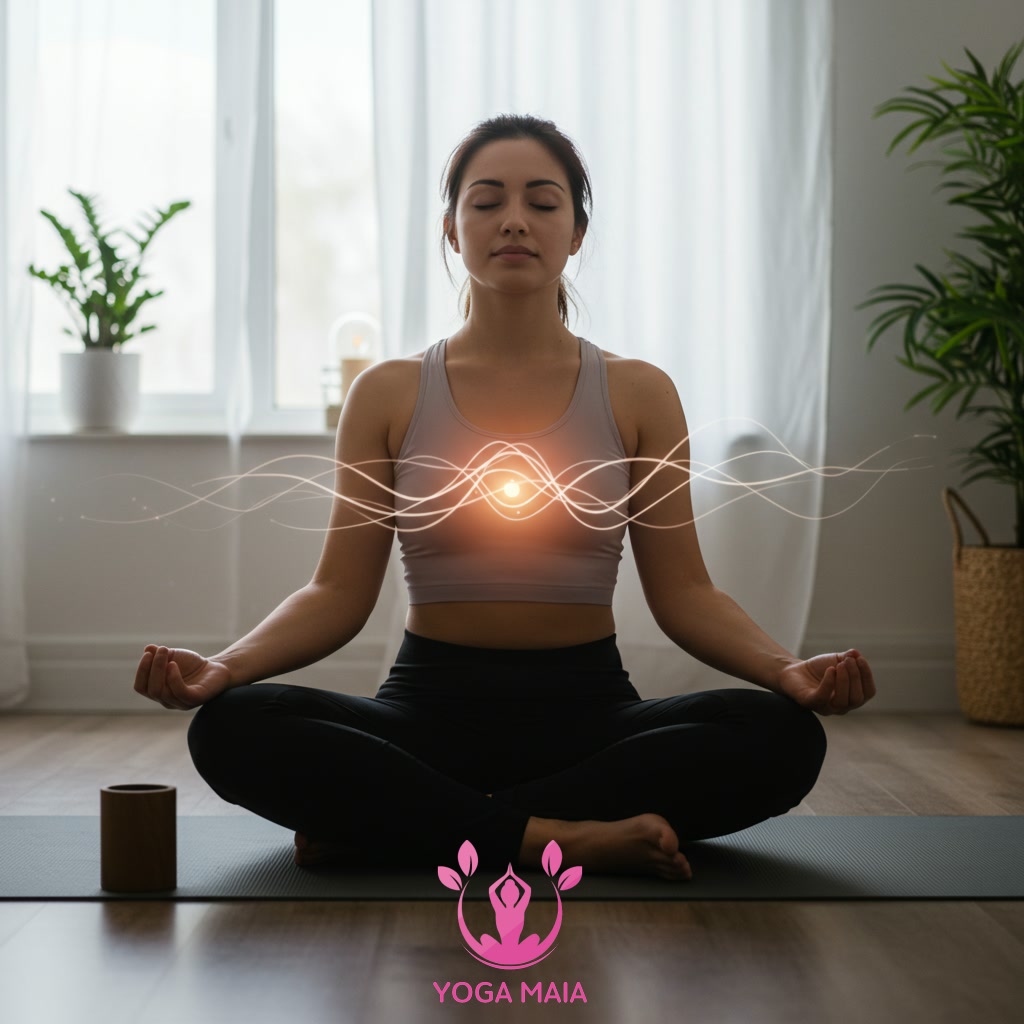 Integrating Visualization into Your Yoga Practice
Integrating Visualization into Your Yoga Practice
Section 7: Cultivating Lasting Inner Calm Beyond the Mat
Extending the tranquility cultivated through visualization meditation during your yoga practice into your daily life is key to experiencing lasting inner calm. The techniques you’ve practiced on the mat, such as anchoring yourself with your breath or visualizing a peaceful place, are portable tools. When faced with everyday stressors – traffic, deadlines, or difficult conversations – consciously recall your chosen visualization or simply focus on your breath for a few moments. This brief pause, even just a minute, can interrupt the stress response and help you maintain a sense of centeredness and peace, proving that inner calm isn’t confined to your mat but is a state you can access anywhere, anytime.
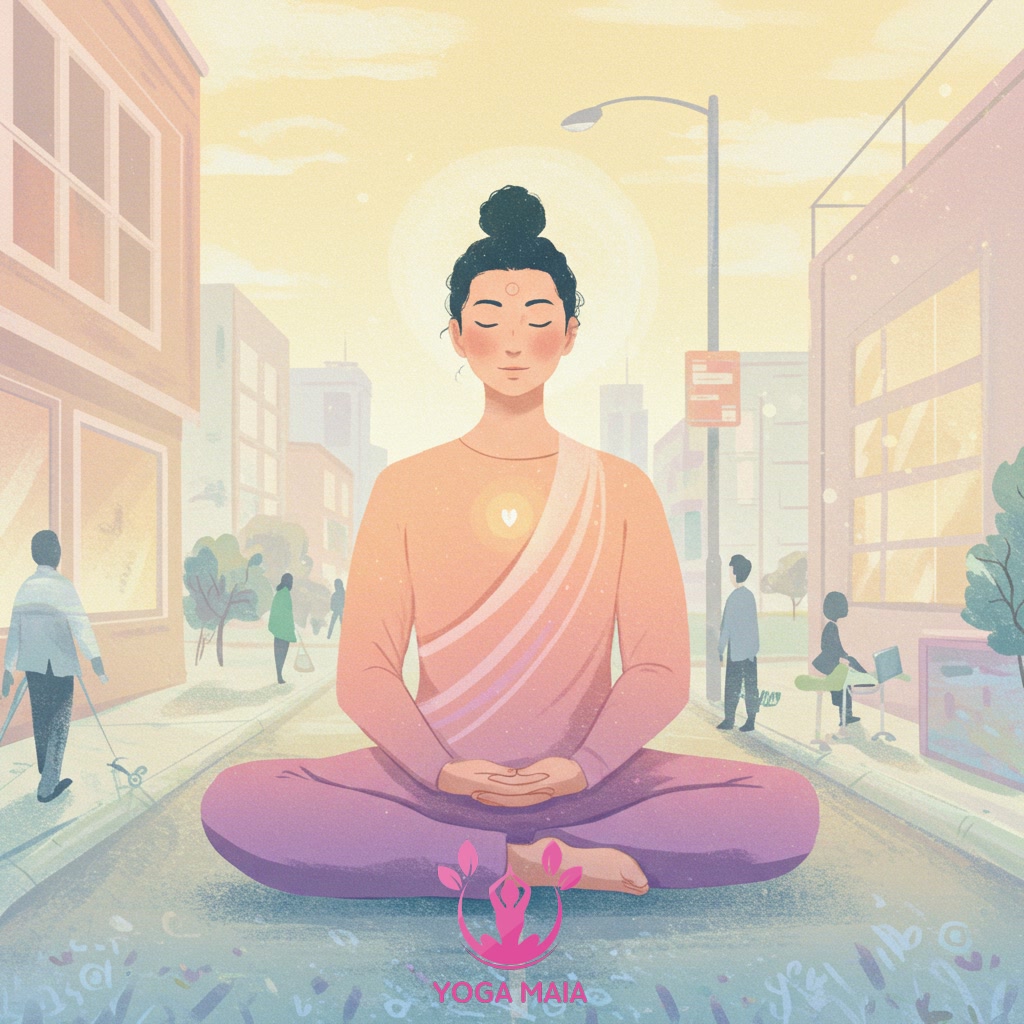 Cultivating Lasting Inner Calm Beyond the Mat
Cultivating Lasting Inner Calm Beyond the Mat












